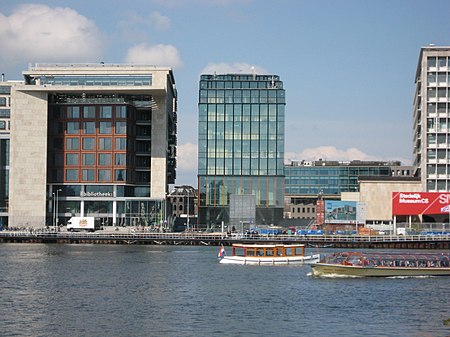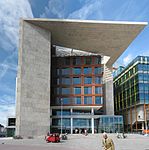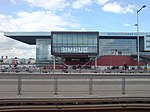Conservatorium van Amsterdam
1884 in the NetherlandsAmsterdam University of the ArtsConservatorium van AmsterdamMusic schools in the Netherlands

The Conservatorium van Amsterdam (CvA) is a Dutch conservatoire of music located in Amsterdam. This school is the music division of the Amsterdam University of the Arts, the city's vocational university of arts. The Conservatorium van Amsterdam is the largest music academy in the Netherlands, offering programs in classical music, jazz, pop, early music, music education, and opera.
Excerpt from the Wikipedia article Conservatorium van Amsterdam (License: CC BY-SA 3.0, Authors, Images).Conservatorium van Amsterdam
Oosterdoksstraat, Amsterdam Centrum
Geographical coordinates (GPS) Address Nearby Places Show on map
Geographical coordinates (GPS)
| Latitude | Longitude |
|---|---|
| N 52.375833333333 ° | E 4.9088888888889 ° |
Address
Parking Centrum Oosterdok
Oosterdoksstraat 150
1011 DK Amsterdam, Centrum
North Holland, Netherlands
Open on Google Maps










